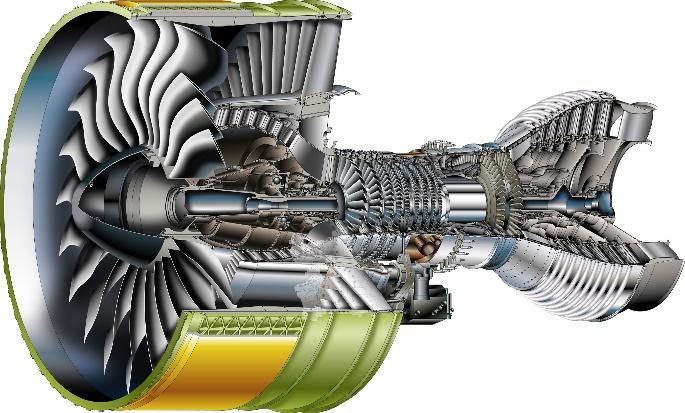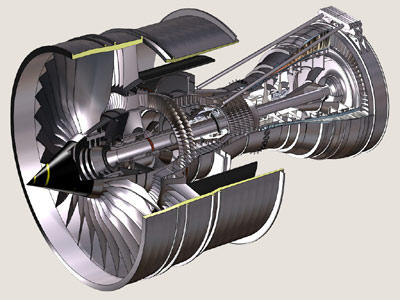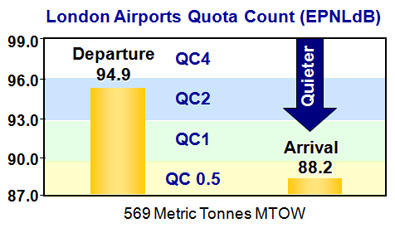Introduction
The Airbus A380 is an airliner that has the largest capacity for passengers. Going by the records, this airliner was produced by European corporation Airbus. This corporation is an EADS subsidiary. The body of the Airbus A380 is wide and big. To run such a machine, there are four powerful engines. In addition to that, there are two decks, one on the bottom and the other on the top. Due to its large size, many airports that had the interest of accommodating it had to expand their runways and the landing space. Moreover, the airbus has an admirable appeal. It has, therefore, attracted both leisure and business passengers over the years, especially since 2007.
Many passengers have found it to be reliable regarding the fact that it has scheduled to fly to many parts of the world. Its comfortability is a thing to boast of. Customers get to experience the real comfort that they would like. The third class portion has a capacity that can hold a total of 525 passengers (USAToday.Travel 2012). Wider seats are found in the first-class portion which has a capacity of 852 passengers (USAToday.Travel 2012).
The first real challenge that this airbus faced was the failure of its Trent 900 engine. This happened on November 4, 2010. The failure was caused by the absence of a well-functioning turbine disc. The flight had to be cut short. The failure of engines forced the pilot to make an abrupt landing at Changi Airport in Singapore. The failure had several effects. However, the left-wing suffered the major damages which were catastrophic in nature. The engine had got exposed during the flight, and then parts of the turbine blade got spoilt by shearing off. This incident happened when the airbus was flying to Sydney from Singapore (Walker 2010).

On the pilot’s decks, the controls of the plane failed to work. Co-ordination between the different parts of the engine did not work properly. This led to the damage that could clearly be seen on the edge of the wing. For a proper running, the airline could use two different engines, namely, the Engine Alliance GP7000 and the Trent 900. Rolls-Royce announced that it could develop the Trent 900 to power the A380 engine in 1996.
This ensured that this engine could become more powerful than it had been before. Four years later, the Trent 900 engine was the one that launched the start of the A380 engine. By the time the Trent 900 engine had been running on 36 airplanes, they were comprised of 180 engines and had run 1.25 hours. This engine was designed in such a way that the surrounding environment was the one that dictated how it is to operate. Such issues as power, noise, fuel consumption, gas emission, and weight are to be taken care of by the design of the engine. The Airbus A380 currently uses a jet engine called the GP7000 (MTU, n.d).
The Trent 900 versus the Engine Alliance GP7000
The Trent 900 and the GP7000 have differences. Rolls Royce, a British company, is the one responsible for manufacturing the Trent 900 engine. On the other hand, the GP7000 engine is manufactured by Pratt & Whitney and General Electric companies based in the US. In terms of price, the Trent 900 engine for the Airbus A380 is cheaper than the Engine Alliance. Emirates airline planes use the Engine Alliance GP7000 while most Qantas planes run on the Trent 900. Emirates Airline has labeled their airbuses, such as A380-861, to run on the Engine Alliance. The A380-841 and the A380-842 are the numbers of the airbuses that use the Trent 900. The GP7000 is developed from the PW4000 and the GE90 while the Trent 900 is a better modification of the Trent 800 (MTU, n.d).


In terms of superiority, the Engine Alliance GP7000 is better than the Trent 900 in several ways. This is emphasized by the fact that this engine has never experienced any fault. The flight time of the Engine Alliance GP7000 is approximately one million hours. There are also plans to enhance this engine in order for it to handle more challenging conditions and services. The improvements and adjustments are bound to increase the confidence of people in the Engine Alliance GP7000, hence making it the best choice for the A380. Notably, the main features that have been taken from the GE90 engine include the fan system design made by Whitney and Pratt (Ostrower, 2012).
The Best Choice Engine for the A380
The Engine Alliance GP7000 is used by many airline companies. These are Fly Emirates, Air France, Etihad Airways, ILFC and Air Austral (Engine Alliance 2012b). The main fact that made the Fly Emirates choose this engine is because the company found out that it could handle the ever-growing airline routes. The engine is considered to be operationally, technically, and commercially viable. This has been arrived at by the combination of its price, performance, and specification factors. It could also set off the cost spent on it

Reference List
Airliners.net n.d., Aviation Industry & Aircraft News. Web.
Engine Allience 2012a, ‘Noise’. Web.
Engine Allience 2012b, ‘Press Archieve’. Web.
Exposed to Engine Oil Fumes? n.d. Web.
GP 7200 n.d. Web.
MTU (n.d). GP7000 – Maintenance, Repair and Overhaul. Web.
Ostrower, J 2012, ‘Rolls-Royce, Pratt & Whitney set to take on GE to power 777X’, Flightglobal. Web.
USAToday. Travel 2012, ‘Airbus: ‘Some difficulty’ reaching A380 target for 2012′. Web.
Walker, P 2010, ‘A380 engine failure: why it happened‘, The Guardian. Web.